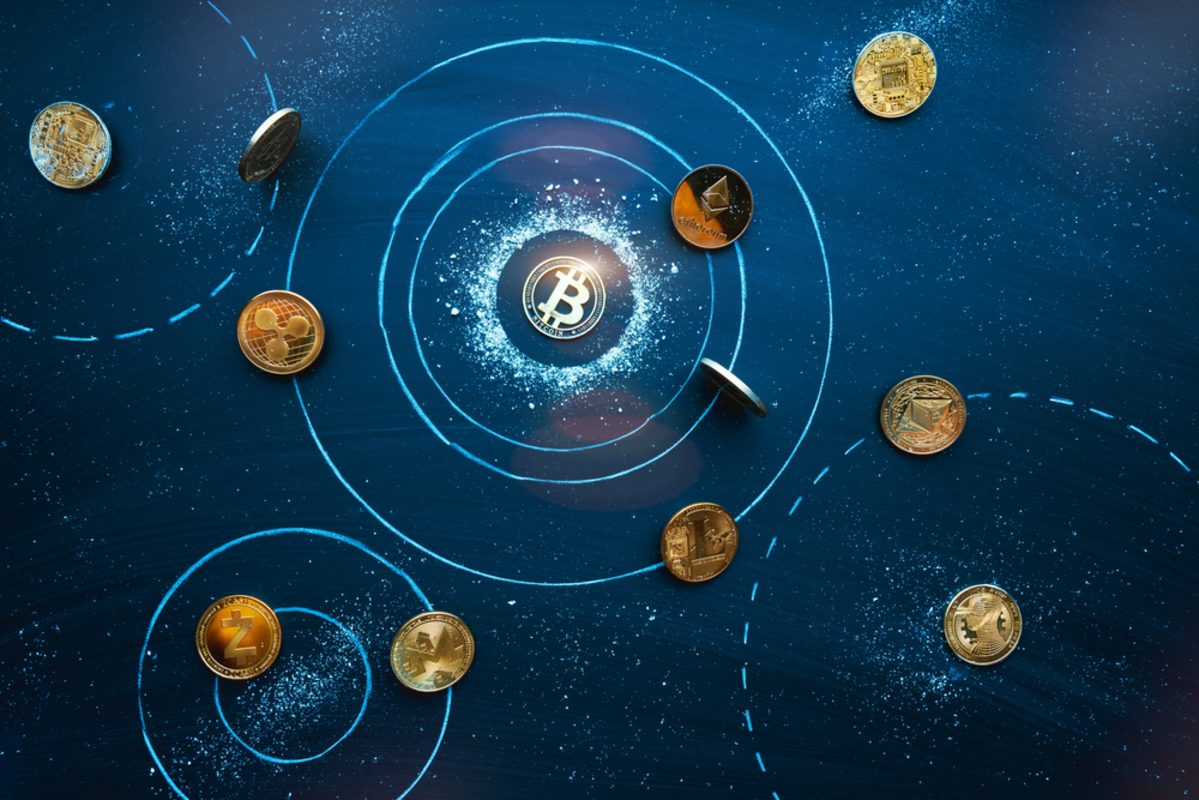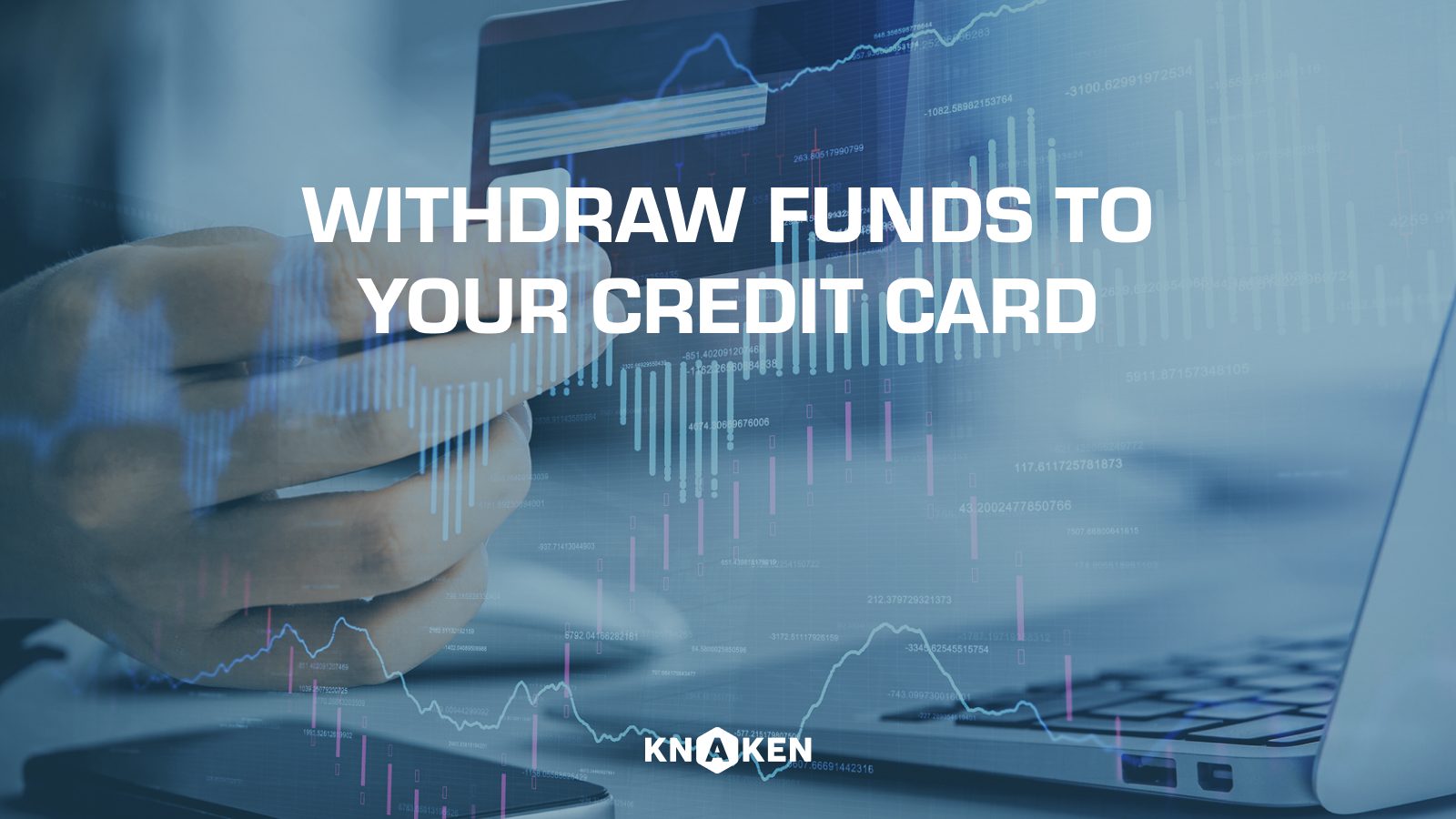Gas War
What is a Gas War?
Gas War refers to a competitive bidding process among participants in a blockchain network for transaction fees, commonly known as “gas.” This phenomenon primarily occurs during times of high network congestion when multiple users simultaneously attempt to execute transactions or deploy smart contracts. In such scenarios, users may raise their gas prices to incentivize miners or validators to prioritize their transactions over others.
Understanding Gas in Blockchain
In blockchain networks, particularly Ethereum, gas is a unit that measures the computational effort required to execute operations. The gas price denotes how much a user is willing to pay for each unit of gas. When the demand for transactions surges, users may engage in a Gas War to outbid one another, resulting in increased transaction costs and potential delays.
Causes of Gas Wars
Gas Wars are triggered by several factors, including:
- Market Demand: High levels of activity, such as during Initial Coin Offerings (ICOs) or popular NFT drops, can cause transaction volumes to spike.
- Network Congestion: A limited block size or slow processing times can lead to bottlenecks, prompting users to increase their gas bids.
- Token and NFT Launches: New tokens or NFT launches can create a surge in transaction requests, leading to competitive bidding for transaction inclusion.
- Smart Contract Interactions: Complex smart contracts that require more computational resources may result in higher gas usage and increased competition to process them.
Effects of Gas Wars
Gas Wars can have several significant effects on users and the blockchain ecosystem:
- Increased Transaction Costs: Users may find themselves paying extraordinarily high fees during Gas Wars, which can deter participation and accessibility.
- Transaction Delays: Higher gas bids can cause transactions with lower fees to be delayed or dropped from the mempool, leading to frustration among users.
- Market Inefficiency: Increased competition for gas can create volatility and unpredictability in transaction fees, complicating budgeting for developers and users.
- Strain on Miners: As miners allocate resources to transactions with the highest gas prices, it may lead to an imbalance in network operations.
Strategies to Mitigate Gas Wars
To avoid the ramifications of a Gas War, users and developers can adopt several strategies:
- Optimal Timing: Executing transactions during off-peak hours can help users avoid higher fees.
- Gas Price Predictors: Utilizing tools and analytics platforms that forecast gas prices can inform users on the best times to transact.
- Batch Transactions: Developers can bundle multiple transactions into one to minimize the overall gas consumption.
- Layer 2 Solutions: Implementing secondary scaling solutions, such as Polygon or Optimistic Rollups, can alleviate congestion and lower fees.
The Future of Gas Wars
As the blockchain landscape evolves, strategies and technologies to address Gas Wars will likely develop. Key considerations for the future may include:
- Ethereum 2.0: The transition from Proof of Work to Proof of Stake is expected to reduce congestion and improve transaction speeds.
- Smart Contract Optimization: Enhancements in smart contract efficiency may lead to reduced gas consumption.
- Interoperability: The emergence of blockchain interoperability may distribute transaction loads across multiple networks, alleviating pressure on congested chains.
- User Education: Increased awareness about gas management and forecasting can empower users to navigate high-demand periods more effectively.
Conclusion
Gas Wars represent a critical aspect of transaction dynamics within blockchain networks, influencing user experience, transaction costs, and overall network efficiency. As the cryptocurrency ecosystem continues to grow, understanding the factors that drive Gas Wars and adopting strategies to mitigate their impact will be essential for participating users and developers alike. Through innovation and education, the challenges posed by Gas Wars can be addressed as the industry strives for a more efficient and accessible blockchain experience.


















